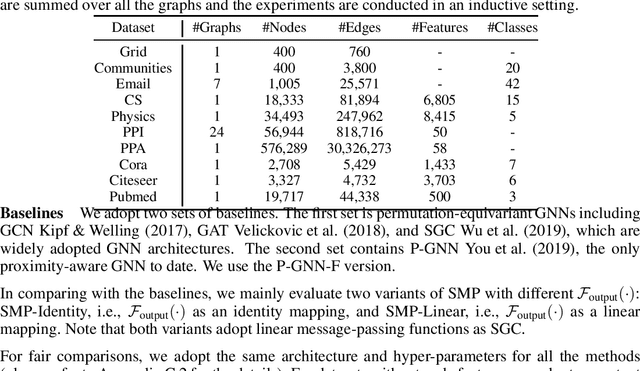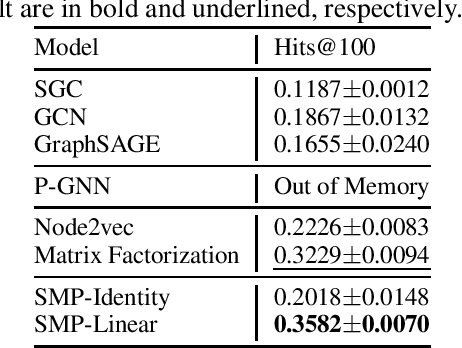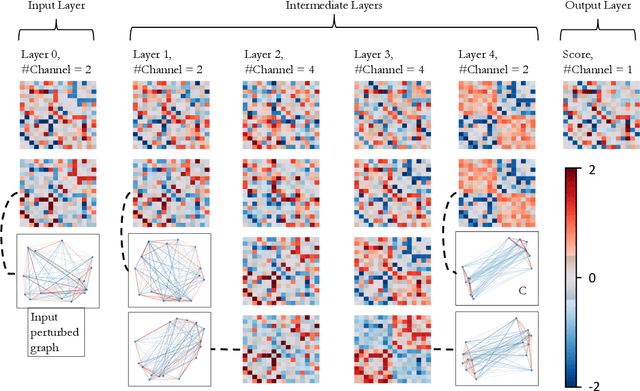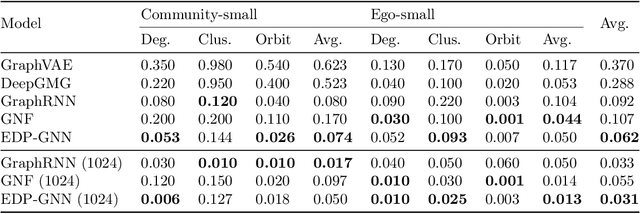Chenhao Niu
AI-assisted Gaze Detection for Proctoring Online Exams
Sep 25, 2024Abstract:For high-stakes online exams, it is important to detect potential rule violations to ensure the security of the test. In this study, we investigate the task of detecting whether test takers are looking away from the screen, as such behavior could be an indication that the test taker is consulting external resources. For asynchronous proctoring, the exam videos are recorded and reviewed by the proctors. However, when the length of the exam is long, it could be tedious for proctors to watch entire exam videos to determine the exact moments when test takers look away. We present an AI-assisted gaze detection system, which allows proctors to navigate between different video frames and discover video frames where the test taker is looking in similar directions. The system enables proctors to work more effectively to identify suspicious moments in videos. An evaluation framework is proposed to evaluate the system against human-only and ML-only proctoring, and a user study is conducted to gather feedback from proctors, aiming to demonstrate the effectiveness of the system.
A Simple and General Graph Neural Network with Stochastic Message Passing
Sep 05, 2020



Abstract:Graph neural networks (GNNs) are emerging machine learning models on graphs. One key property behind the expressiveness of existing GNNs is that the learned node representations are permutation-equivariant. Though being a desirable property for certain tasks, however, permutation-equivariance prevents GNNs from being proximity-aware, i.e., preserving the walk-based proximities between pairs of nodes, which is another critical property for graph analytical tasks. On the other hand, some variants of GNNs are proposed to preserve node proximities, but they fail to maintain permutation-equivariance. How to empower GNNs to be proximity-aware while maintaining permutation-equivariance remains an open problem. In this paper, we propose Stochastic Message Passing (SMP), a general and simple GNN to maintain both proximity-awareness and permutation-equivariance properties. Specifically, we augment the existing GNNs with stochastic node representations learned to preserve node proximities. Though seemingly simple, we prove that such a mechanism can enable GNNs to preserve node proximities in theory while maintaining permutation-equivariance with certain parametrization. Extensive experimental results demonstrate the effectiveness and efficiency of SMP for tasks including node classification and link prediction.
Permutation Invariant Graph Generation via Score-Based Generative Modeling
Mar 02, 2020



Abstract:Learning generative models for graph-structured data is challenging because graphs are discrete, combinatorial, and the underlying data distribution is invariant to the ordering of nodes. However, most of the existing generative models for graphs are not invariant to the chosen ordering, which might lead to an undesirable bias in the learned distribution. To address this difficulty, we propose a permutation invariant approach to modeling graphs, using the recent framework of score-based generative modeling. In particular, we design a permutation equivariant, multi-channel graph neural network to model the gradient of the data distribution at the input graph (a.k.a., the score function). This permutation equivariant model of gradients implicitly defines a permutation invariant distribution for graphs. We train this graph neural network with score matching and sample from it with annealed Langevin dynamics. In our experiments, we first demonstrate the capacity of this new architecture in learning discrete graph algorithms. For graph generation, we find that our learning approach achieves better or comparable results to existing models on benchmark datasets.
 Add to Chrome
Add to Chrome Add to Firefox
Add to Firefox Add to Edge
Add to Edge